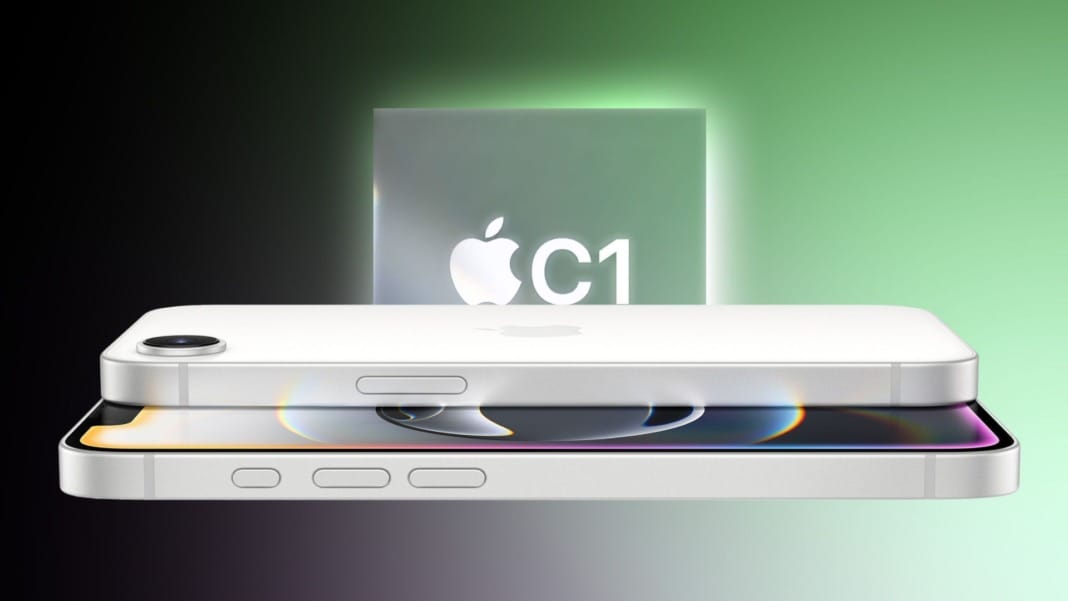Apple has taken a significant step forward with the iPhone 16E, introducing the C1 modem—its first in-house-designed custom modem. This marks the beginning of Apple’s move towards complete control over its modem technology, reducing reliance on third-party suppliers like Qualcomm.
Apple aims for greater efficiency and integration
The C1 modem is praised as the most power-efficient modem ever used in an iPhone. However, Apple has even bigger plans. The company could further improve efficiency, reduce power consumption, and free up space for a larger battery by integrating future C-series modems directly into the A-series processors.
According to Bloomberg’s Mark Gurman, Apple is already working towards this goal. In his Power On newsletter, he revealed that Apple intends to integrate its C-series modems into its main processors, though this shift is unlikely to happen before 2028.
The move will bring several advantages, including better energy efficiency and lower production costs. By eliminating the need for a separate modem chip, Apple could also streamline the internal design of its devices, allowing for slimmer models or increased battery capacity.
Apple’s plans for modem technology
While the transition to a fully integrated modem is still a few years away, Apple is not slowing down its modem development. The company is already working on the C2 modem, set to launch in next year’s iPhone, and the C3 modem, expected in 2027. With these developments, Apple hopes to surpass Qualcomm’s modem capabilities and establish itself as a leader in mobile connectivity technology.
Beyond iPhones, future C-series modems could also expand cellular connectivity to MacBooks, a feature that Apple has yet to introduce. This could revolutionise how MacBooks are used on the go, providing seamless internet access without needing external devices or Wi-Fi networks.
Apple’s long-term strategy highlights its commitment to innovation and self-reliance. By designing its modems and integrating them into its processors, the company is taking another step towards controlling every aspect of its hardware ecosystem.





